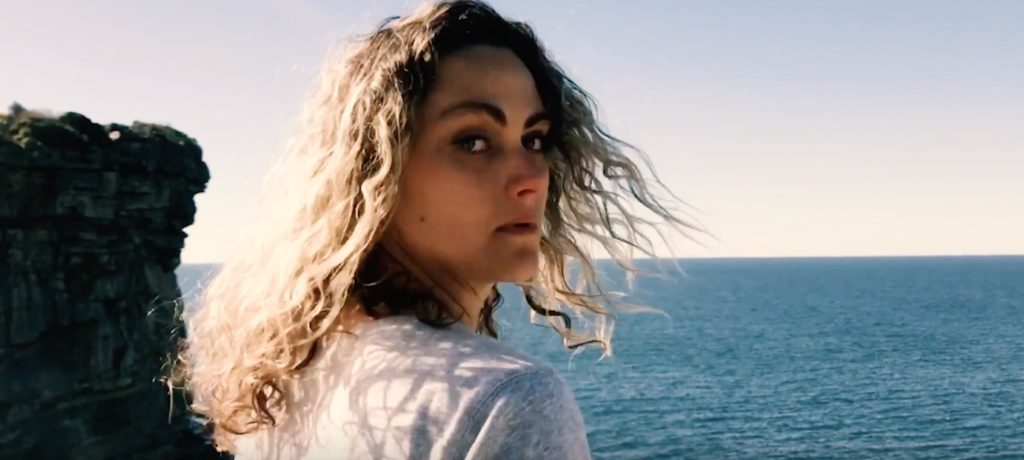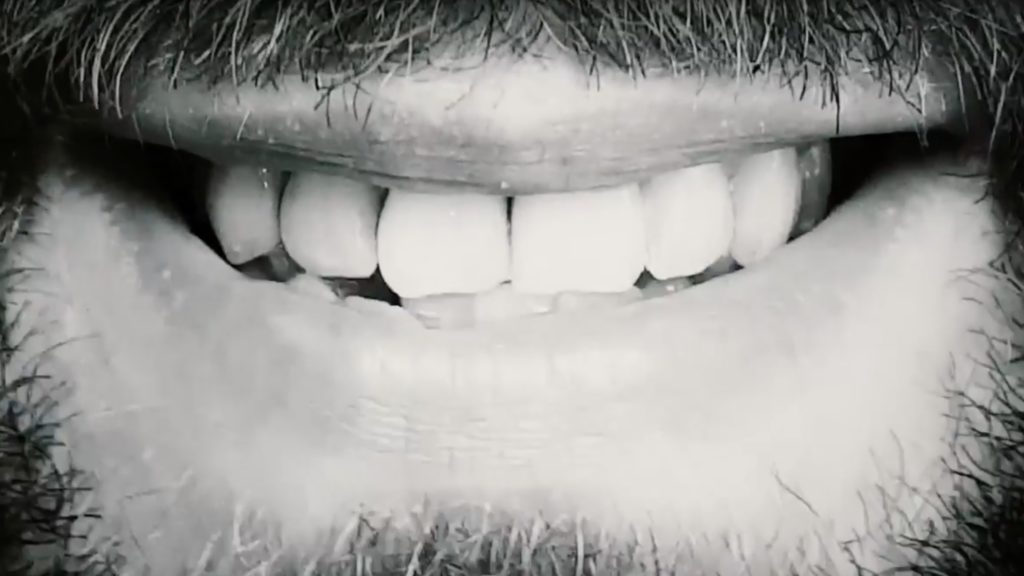Many Hollywood movies are presented from the protagonist’s point of view—with the lead narrating the action. A couple of famous examples are “Sunset Blvd.” and “Bladerunner” (the studio’s version). But the first-person movie where we see only what the protagonist sees is a rarity. An example is “Dark Passage,” which maintains the protagonist’s perspective for the first part of the movie. This genre presents many challenges, but the results—as we see in Brian Hennings’ “Focus,” can be deeply moving. “Focus,” which explores the practical and emotional aspects of vision loss, won First Prize at the International Mobile Film Festival 2018 and was nominated for Best Cinematography at Global Mobile Film Awards. In the interview (below) Hennings’ takes us behind the scenes of his highly original, based-on-a-true-story movie.
Interview
MMM: What motivated you to become a filmmaker?
Hennings: I started out as a writer. I’ve always had story ideas bouncing around my head that I just had to get down on paper, and hopefully on-screen. And as most writers would know, when you’re starting out, you pretty much have to take a hands-on approach if you want to see your writing turn into film. That saw me move into the role of Producer and eventually almost every other role you can have in the filmmaking process.
MMM: How did you develop your filmmaking skills?
Hennings: I used a combination of formal study through short courses, a lot of online tutorials and research, and working with other filmmakers. I really have to thank Sean Hellend and James Corker for showing me the ropes in my early on-set days. The main thing, though, is that there is such a wealth of freely available information out there if you just go looking for it. When I’m stuck with a problem, a quick search for “How to…” brings up multiple responses from people who are more than happy to share their experience and knowledge.
MMM: How did you come upon the idea for “Focus”?
Hennings: It’s loosely based on my sister-in-law, Kay, who is vision-impaired. I wanted to tell the story of someone who loses their vision, as Kay did, and the impact it has on their life. The idea setting out was to show how losing your sight changes the way you see the world, and the way the world sees you.
MMM: Can you talk about writing the script?
Hennings: One complicating factor in writing the script was that I didn’t want Kay to know I was making a film based on her. Instead, I wanted to surprise her with the finished film. Luckily, I’ve known Kay for a very long time so we’ve discussed her vision-impairment over the years. I also had the very capable assistance of Kay’s daughter, Jess, who I could go to when I wanted to clarify any of the points we were raising in the dialogue.
MMM: Could you talk about the narrator?
Hennings: I was very lucky to have Sarah Harris step into the narrator’s role. I’ve worked with her many times and she’s a true professional who is a joy to work with. She understood the script immediately, knew what I was aiming for and we got it in the bag very quickly. Her narration is what makes the film. Fun additional fact: we recorded the narration in the walk-in closet at her house!
MMM: What gear did you use in the shooting?
Hennings: I used my trusty Samsung Galaxy S7 Edge with the Filmic Pro app to record all the visuals, mounted either on a standard tripod or a Smooth-Q 3-axis stabilizer. The audio was recorded separately using a Zoom H4n.
MMM: Why did you choose to shoot with a mobile rather than a traditional camera?
Hennings: There are two reasons I shot this with a mobile camera: I like the mobile challenge and it is quick. A real positive of filming on a mobile is that you can be really agile—get in, get the shot, get out—while the general public doesn’t seem to pay you much attention. People are so used to seeing others filming on their mobile (heck, they do it themselves) that they probably just think I’m recording something for Instagram or the like. Another advantage is when you need to go somewhere like, say, an optometrist’s office, they’re really comfortable that you’re not going to damage anything with your equipment. As for problems shooting with a phone, mainly it is just thinking about how to get the shot you want and the limitations of what the mobile can achieve.
MMM: The camera effects are obviously crucial in creating a first-person movie. Could you tell us something about how you shot “Focus”?
Hennings: There are two main camera effects in “Focus.” The early part of the film is meant to be fast and kinetic, moving quickly from one scene to another (representing a fully-sighted person). This was achieved by planning the shots so we can almost seamlessly move from one scene to another, and using the Hitfilm editing suite (and lots and lots of masks) to bring it all together. The second part of the film becomes more static with the shots degrading to show a representation of what a vision-impaired person might experience. Again, this was achieved using Hitfilm in post-production. One thing that surprises most people is that the vision-degraded images in “Focus” are still better than Kay’s actual vision.
MMM: Did the film come out as you wished?
Hennings: I’m really happy with how Focus turned out. There’s a few shots that I’d tweak or perhaps reshoot if I had the time, and a few effects that I’d have loved to spend more time on, but that’s pretty much how I feel after any project.
MMM: Do you have any advice for someone who is just starting out making mobile movies?
Hennings: Get out there and do it! Find support groups online, such as the Filmbreaker movement. Reach out to the organizers of the many mobile film festivals around the world who are more than happy to help. And remember, you’re not making mobile movies, you’re making movies where you happen to use a mobile phone to film it.
# # #
You can keep up with Brian Hennings work on the Lot 3 Media Facebook page.
# # #
Focus was chosen as a Mobile Movie of the Week by the editors of MobileMovieMaking.com



 Previous post
Previous post
 Next post
Next post





